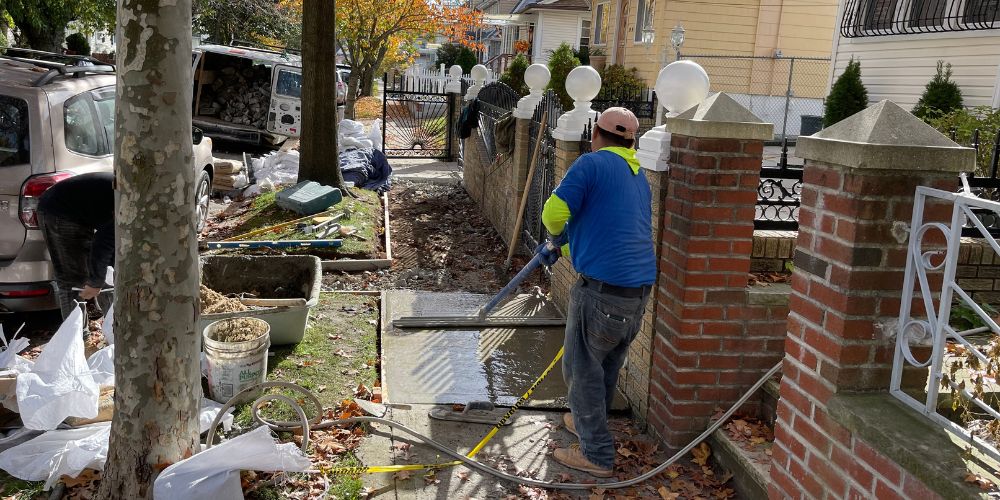You work hard to adhere to all traffic laws as a responsible property owner in the thriving NYC neighborhoods of Bronx, Queens, Manhattan, Long Island, Brooklyn, and Richmond Hill. In spite of your best efforts, you can be faced with a dreaded DOT violation. Be at ease! In this post, we’ll walk you through the DOT violation repair NYC procedure in the fastest and most hassle-free manner we can.
Understanding DOT Violations
DOT violations occur when properties fail to meet safety standards or display improper documentation as enforced by the Department of Transportation (DOT). In NYC’s dynamic boroughs, common violations include parking infractions, equipment malfunctions, registration and insurance lapses, and weight violations.
In order to address these issues efficiently, it is crucial to comprehend the specific nature of the violation and the corresponding regulations. By grasping the intricacies of DOT violation repair queens, property owners can take proactive steps to rectify the situation and avoid future infractions, ensuring safer roads for everyone.
Common DOT Violations in NYC
NYC’s sidewalks are busy pedestrian thoroughfares, yet for the sake of everyone’s safety, they must abide by DOT laws. Cracked or uneven sidewalks, blocked walkways from construction or trash, missing curb ramps and broken street fixtures are examples of regularly occurring infractions.
These infractions pose serious pedestrian hazards and may lead to fines or legal consequences for property owners or businesses. Addressing these issues promptly is essential to create a safer and more accessible urban environment. Professional DOT violation removal services can help rectify these violations and keep the city sidewalks in top-notch condition.
Hiring a DOT Violation Removal Contractor NYC
For efficient DOT violation repair NYC, consider seeking professional assistance. A DOT violation removal contractor in NYC can navigate the complex process, ensuring every step is taken to rectify the issue promptly. Enlisting the services of a professional contractor offers several advantages:
- Expertise: DOT violation removal contractors have in-depth knowledge of NYC traffic laws and the removal process.
- Time-Saving: Navigating the bureaucracy of DOT can be time-consuming; a contractor streamlines the process on your behalf.
- Increased Success Rate: With experience and expertise, contractors have a higher success rate in resolving violations.
- Peace of Mind: Knowing that a skilled professional is handling your case provides peace of mind during an otherwise stressful situation.
Understanding the Removal Process:
Once you’ve enlisted the help of a reputable contractor for DOT violation repair queens, they will guide you through the following steps:
- Reviewing the Violation: The contractor will carefully analyze the violation, identifying its nature and the specific regulations involved.
- Gathering Necessary Documents: To challenge the violation effectively, your contractor will compile all relevant documentation, including registration, insurance papers, and maintenance records.
- Developing a Defense Strategy: A skilled DOT violation removal contractor NYC will craft a strong defense strategy to present your case convincingly.
- Representing You at Hearings: If required, the contractor will represent you at hearings ensuring your voice is heard, and your rights are protected.
Tips to Avoid Future Violations
While dealing with a current violation, it’s essential to learn from the experience and take steps to avoid future issues:
- Regular Maintenance: Schedule routine inspections to catch any potential equipment violations before they escalate.
- Adhering to Parking Rules: Familiarize yourself with parking regulations in your area and continuously stop in designated spots.
- Staying Informed: Keep track of updates in traffic laws and regulations to stay compliant.
- Defensive Driving: Practice defensive driving techniques to minimize the risk of accidents and traffic violations.
The Bottom Line
DOT violation repair NYC might seem daunting, but it becomes manageable with the right approach and expert assistance. By hiring a reputable DOT violation removal contractor in NYC, understanding the process, and taking preventive measures, you can ensure your driving record stays clean, and your journey on the city roads remains smooth and stress-free.





